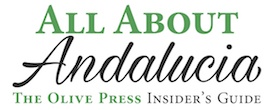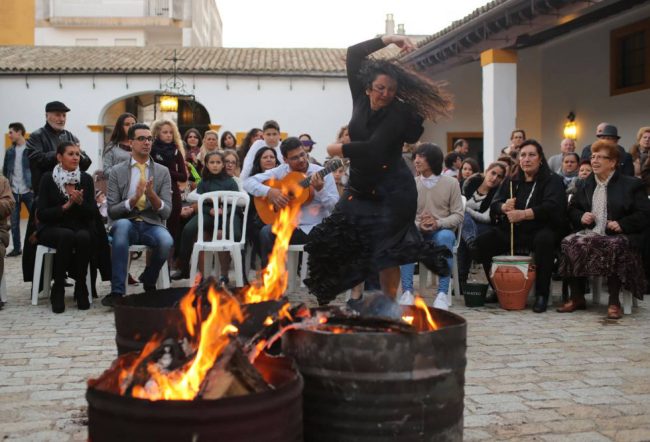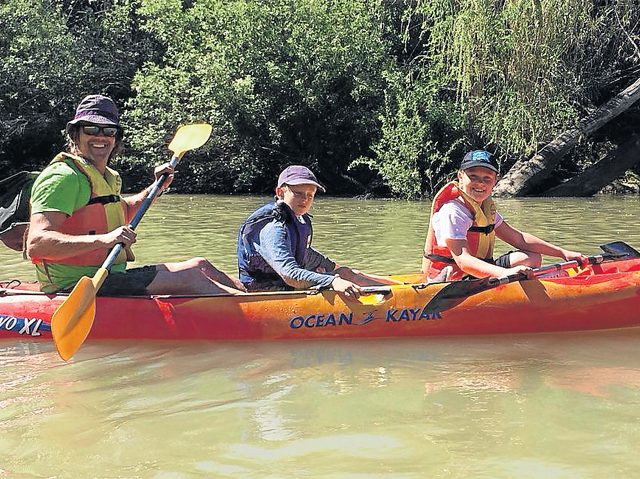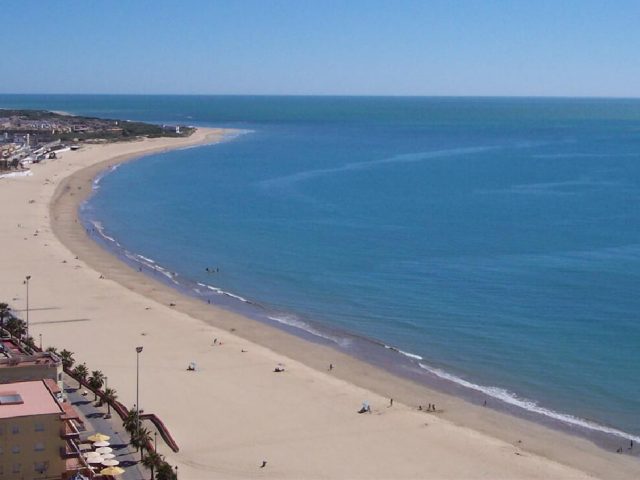- Have any questions?
- +34 951 273 575
- info@allaboutandalucia.com
Cadiz tradition should be recognised by Royal Spanish Academy, says Podemos

New zipline opens in Casares for thrillseekers and naturalists alike
January 8, 2018
Marbella’s parks receive massive cash injection in effort to boost conservation
January 10, 2018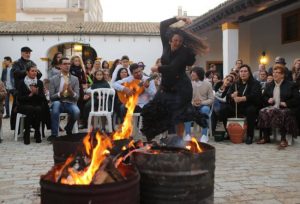 PODEMOS in Jerez de la Frontera is pushing to have the zambomba officially recognised by the Royal Spanish Academy.
PODEMOS in Jerez de la Frontera is pushing to have the zambomba officially recognised by the Royal Spanish Academy.
The tradition dates back to the 1700s and has experienced a comeback in the last few years, even being added to Spain’s cultural heritage list in 2015.
While the rest of Spain may consider a zambomba no more than a rustic musical instrument, in Jerez the word has a much richer meaning.
It sees locals in the Cadiz town bonding around a bonfire on wicker chairs while a selection of liqueur wines, Ibérico cold cuts and Christmas sweets do the rounds.
Carols are sung by flamenco singers while guitar players strum dozens of original songs learned and added to over generations.
Singers’ repertoires include songs about Baby Jesus becoming drunk from the fruit of the strawberry tree and others on love affairs and quarrels.
“The zambomba is participatory by definition. Even the most tame and timid take part in it,” said Miriam Morales, commercial director of the Atalaya Museums.
The decree from the Culture Council which recognised zambomba as an important cultural heritage defines the tradition as an ‘authentic ritual’ which mixes different flamenco palos or styles, from bulerías to rondas and more
“It is a cultural industry that is already being exported elsewhere in Andalucia,” said local Podemos member Manuel Ruiz, who holds a PhD in history and is campaigning for the RAE to broaden its definition of zambomba.
